Checkmate is the ultimate objective in the game of chess, marking a decisive end to a match. It occurs when a player puts the opponent's king in a position where it is under threat of capture and no legal moves can remove that threat. Understanding the mechanics, strategies, and nuances of checkmate is essential for both beginner and seasoned chess players.
What Constitutes a Checkmate?
Checkmate happens when several conditions are concurrently fulfilled:
- The king is in check, meaning it is under attack by one or more opposing pieces.
- There is no available move for the player to remove the king from attack. This includes moving the king to a safe square, capturing the attacking piece, or blocking the attack with another piece.
- The king cannot escape capture on the next move. If the king can escape to a safe square, then it is a check but not checkmate.
Difference Between Check and Checkmate
It's important to distinguish between a check and a checkmate. A check is a preliminary to checkmate, where the king is currently in danger but can be moved to safety. During check, avoiding the capture of the king is possible through several tactical maneuvers, whereas checkmate offers no such escape, resulting in an end to the game.
Common Checkmating Patterns
Several classic checkmating patterns are recurrent in chess games. Recognizing these patterns can help players both execute and defend against checkmates:
1. Back-Rank Mate
This occurs when the king is trapped on its back rank—the row on which the king stands during the initial setup—and a rook or queen delivers the checkmate, with no room for the king to escape due to blocking pieces.
2. Smothered Mate
Smothered mate typically involves the cooperation of knights and other pieces, where the knight gives checkmate and the king is surrounded by its own pieces, making it unable to move.
3. Fool's Mate
The quickest checkmate in chess, happening only in amateur games where poor play leads to checkmate in just two moves. This usually happens when a player advances their f-pawn too early, opening their king to vulnerability from the opponent’s queen.
4. Queen's Mate
This involves using the queen to deliver the final blow in a checkmate, often supported by another piece like a bishop, knight, or a rook, restricting the escape routes for the opposing king.
Strategic Play to Achieve Checkmate
Successfully orchestrating a checkmate involves strategic positioning throughout the game. Key strategies include controlling the center of the board, coordinating various pieces to build pressure, and effectively capturing or blocking opposing pieces that might prevent checkmate. An adept player always anticipates the opponent's moves, attempting to manipulate the game towards beneficial configurations that lead to checkmate.
Conclusion
Understandably, mastering the concept of checkmate is crucial for success in chess. Emphasizing strategic development, recognizing patterns, and meticulously executing plans are fundamental for reaching this goal. Practicing common checkmate configurations can significantly improve one's game, leading to more wins and a deeper appreciation of this complex, strategic board game.
Explore our large collection of luxurious chess sets!


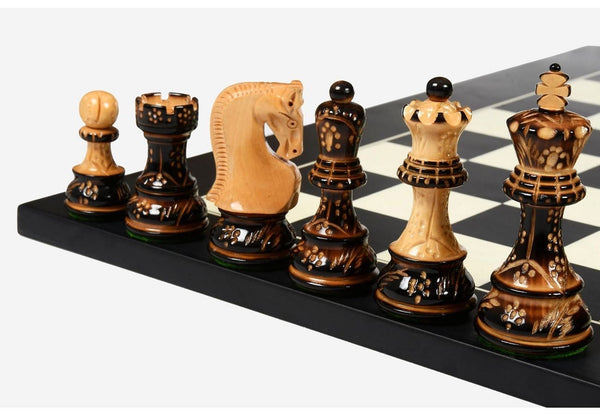
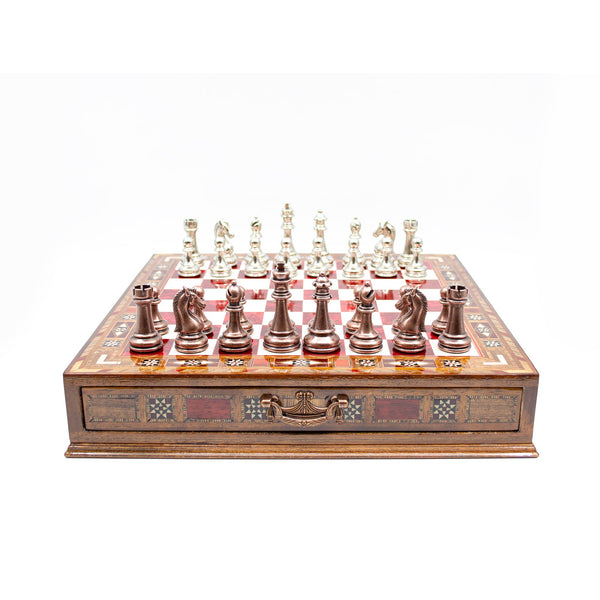
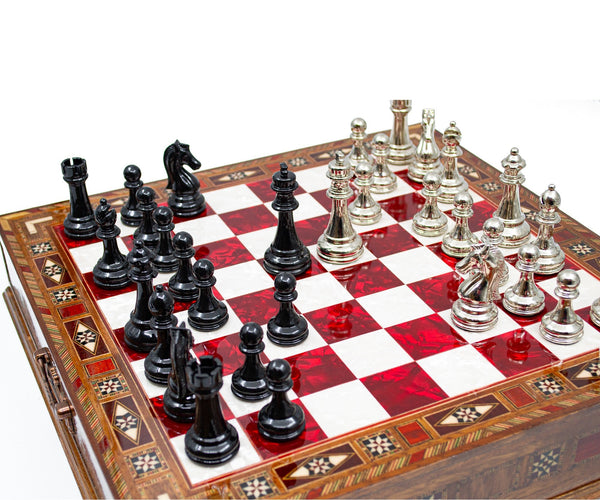
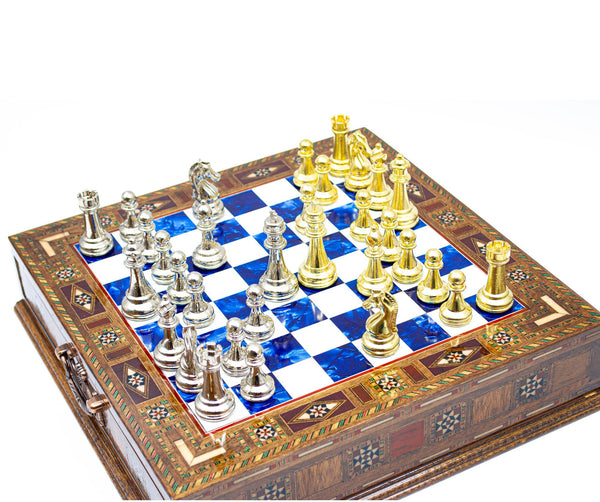
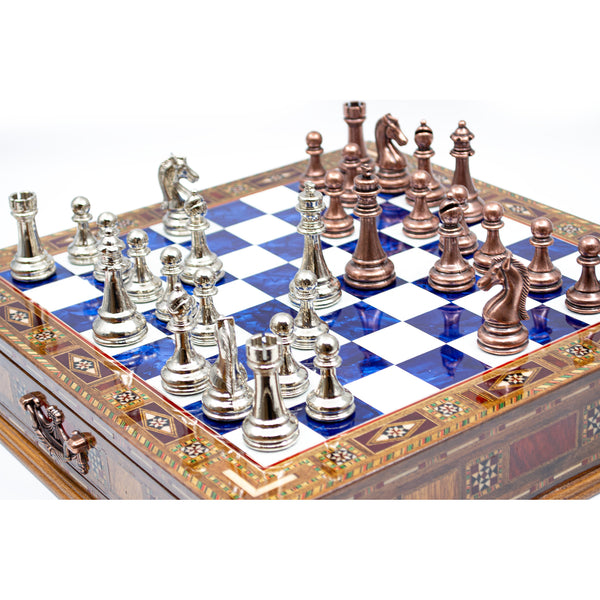
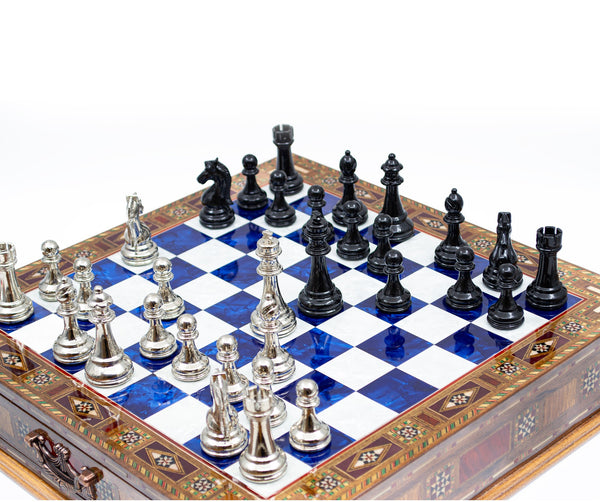



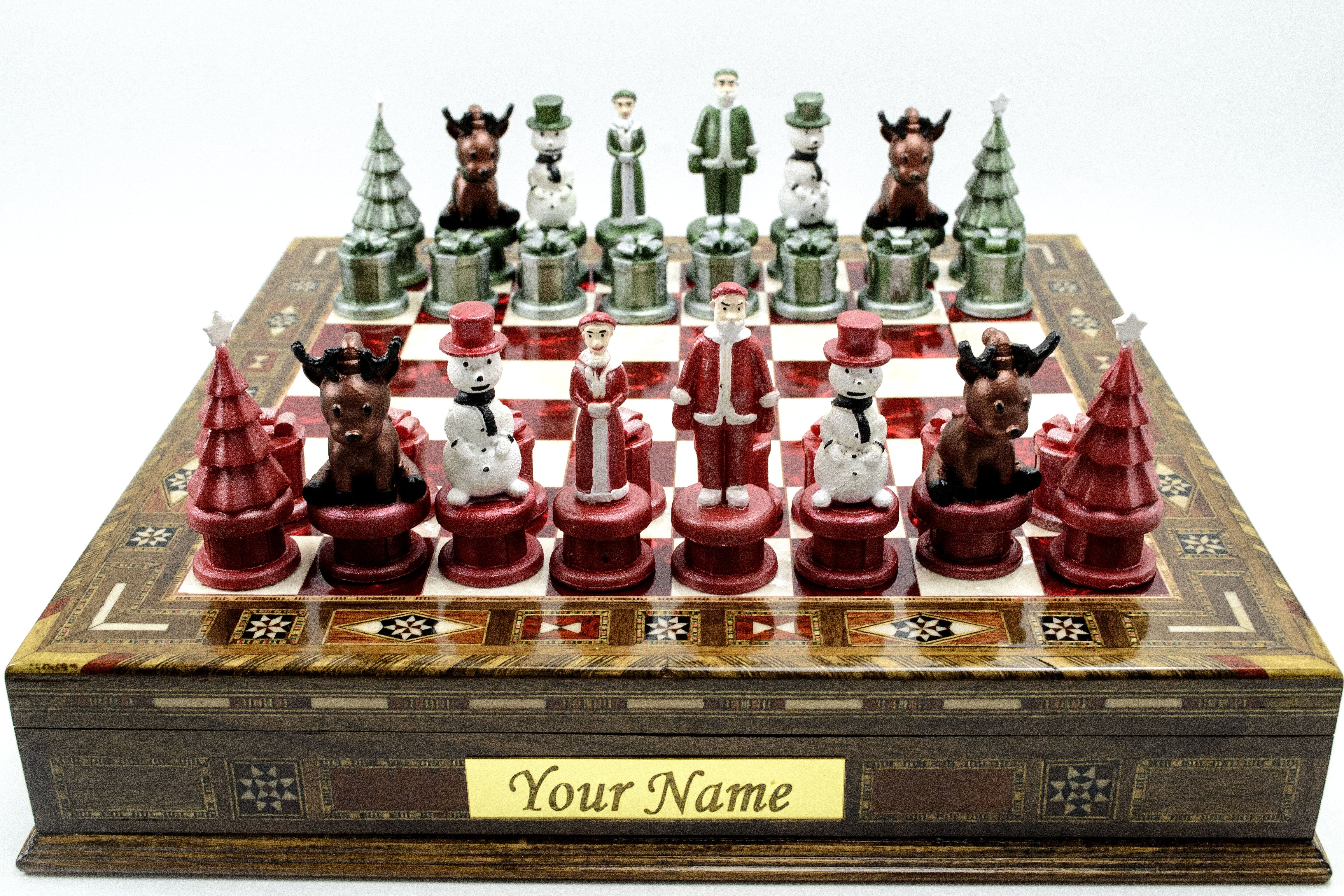




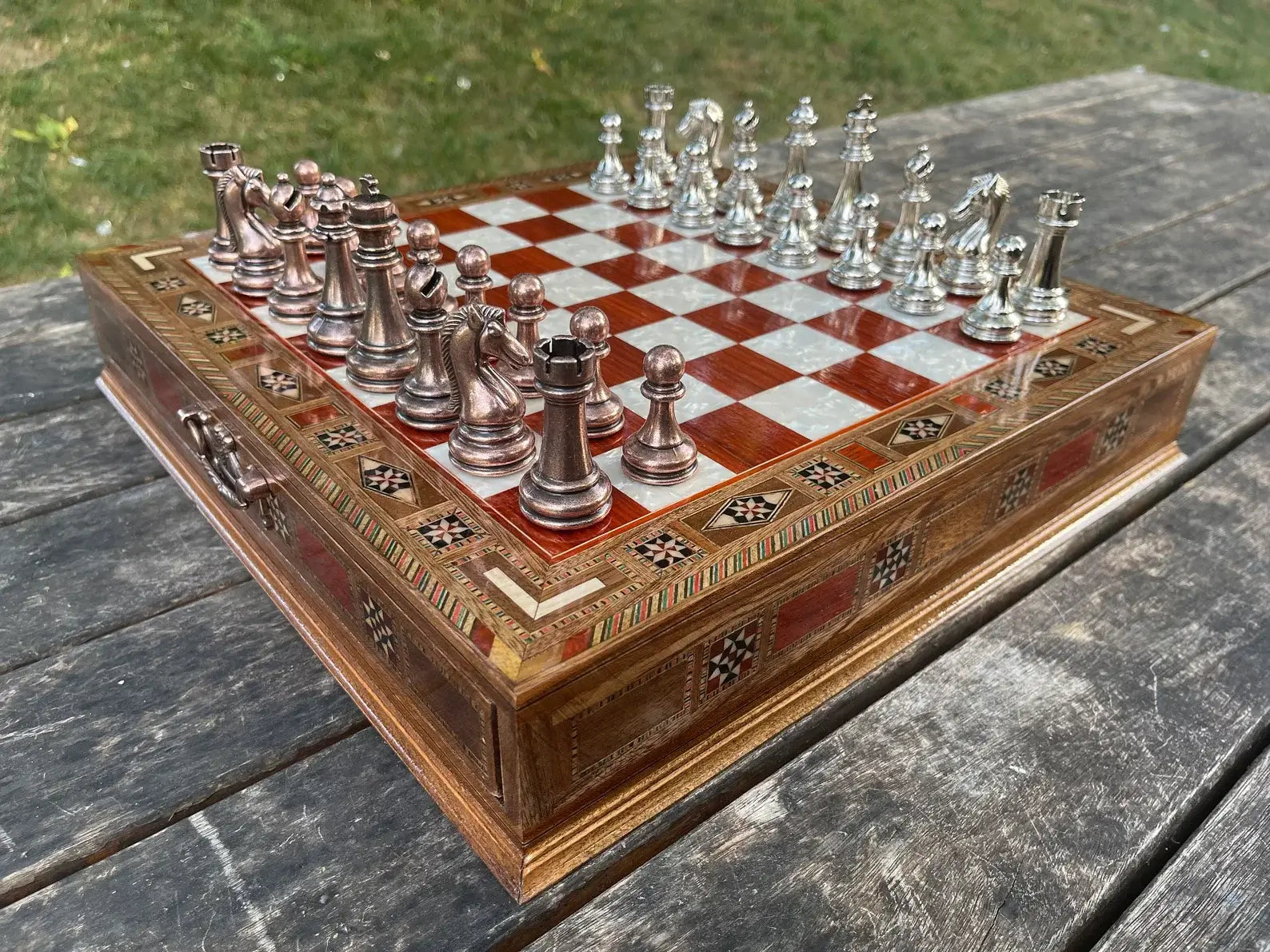
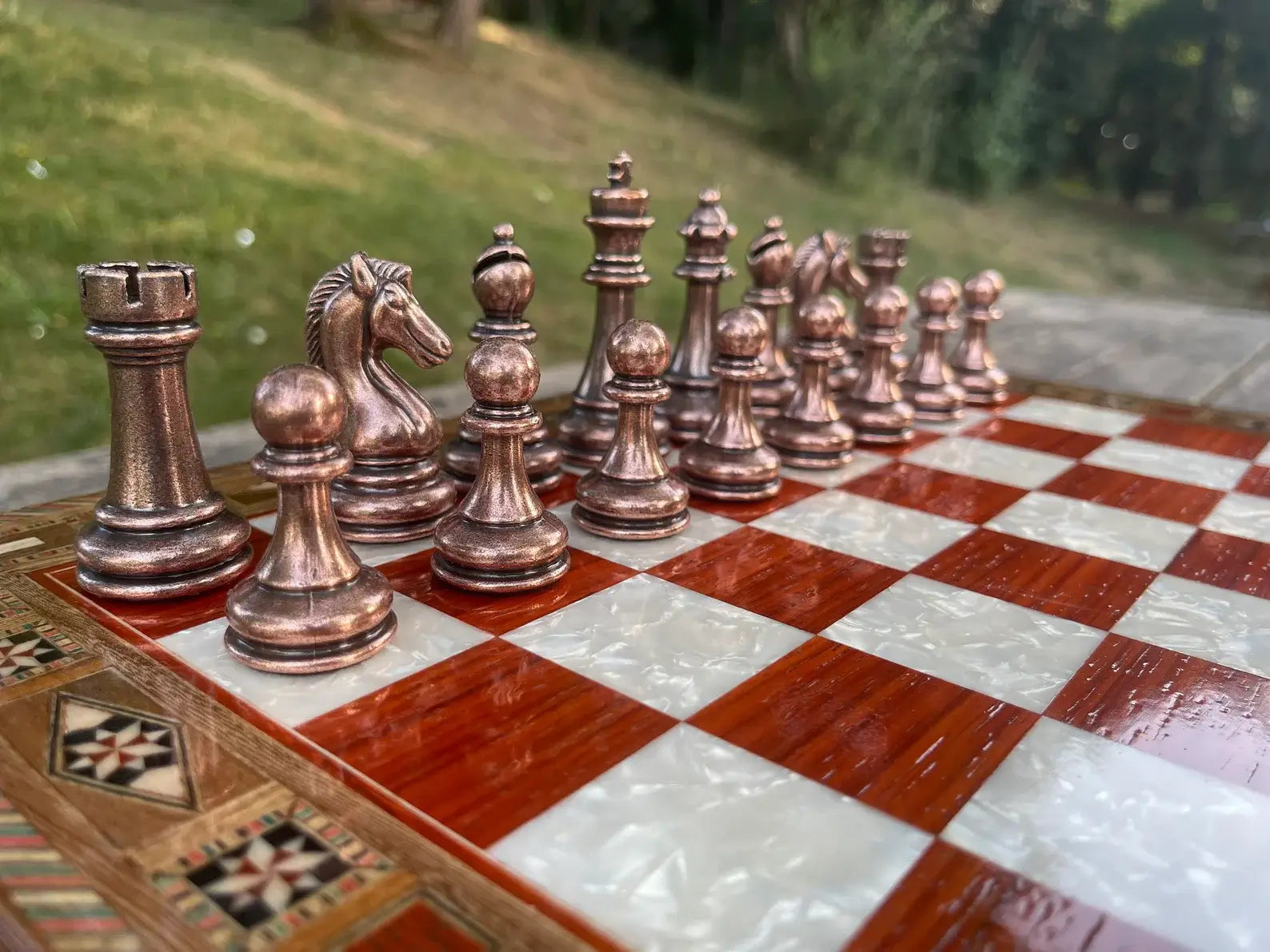
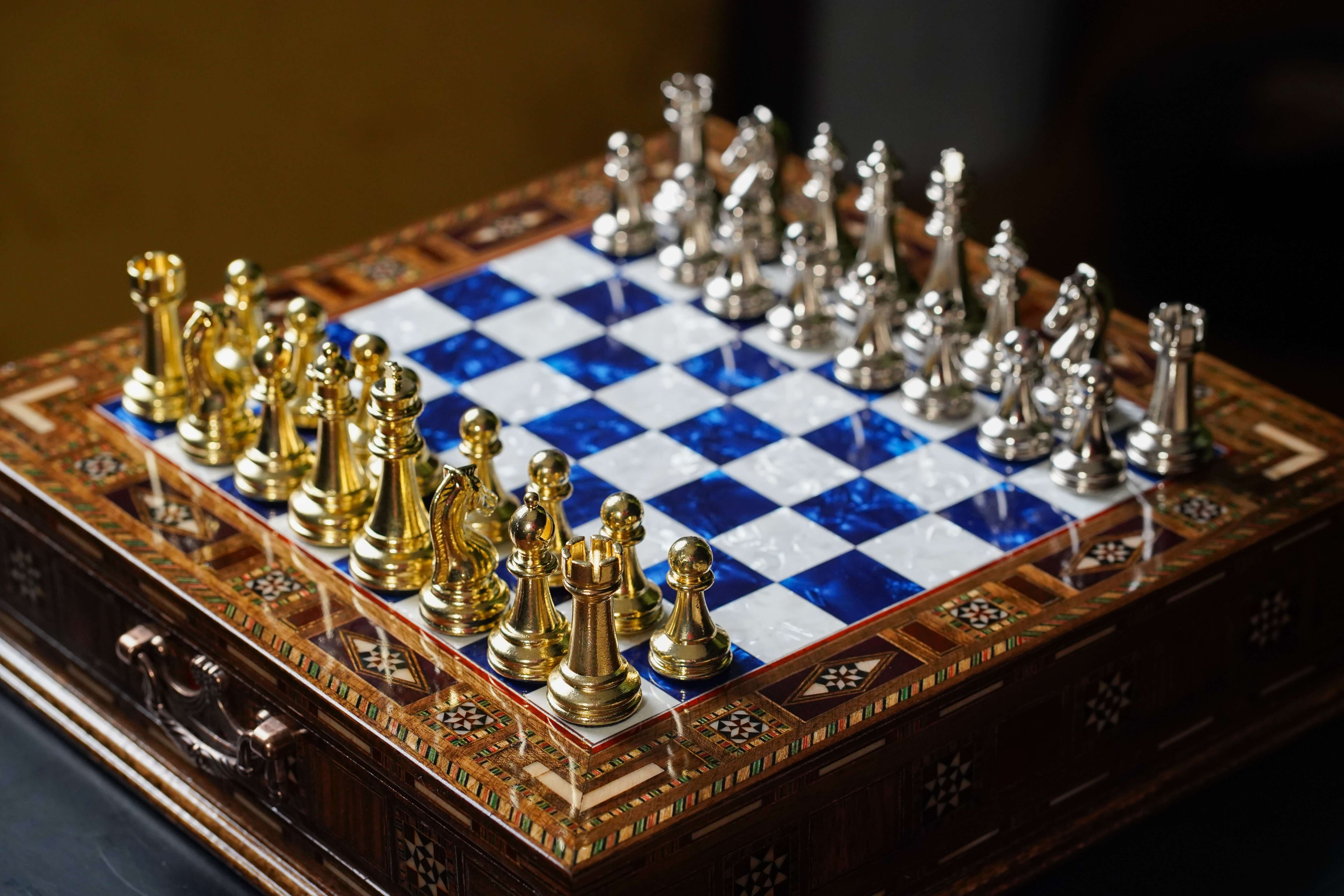
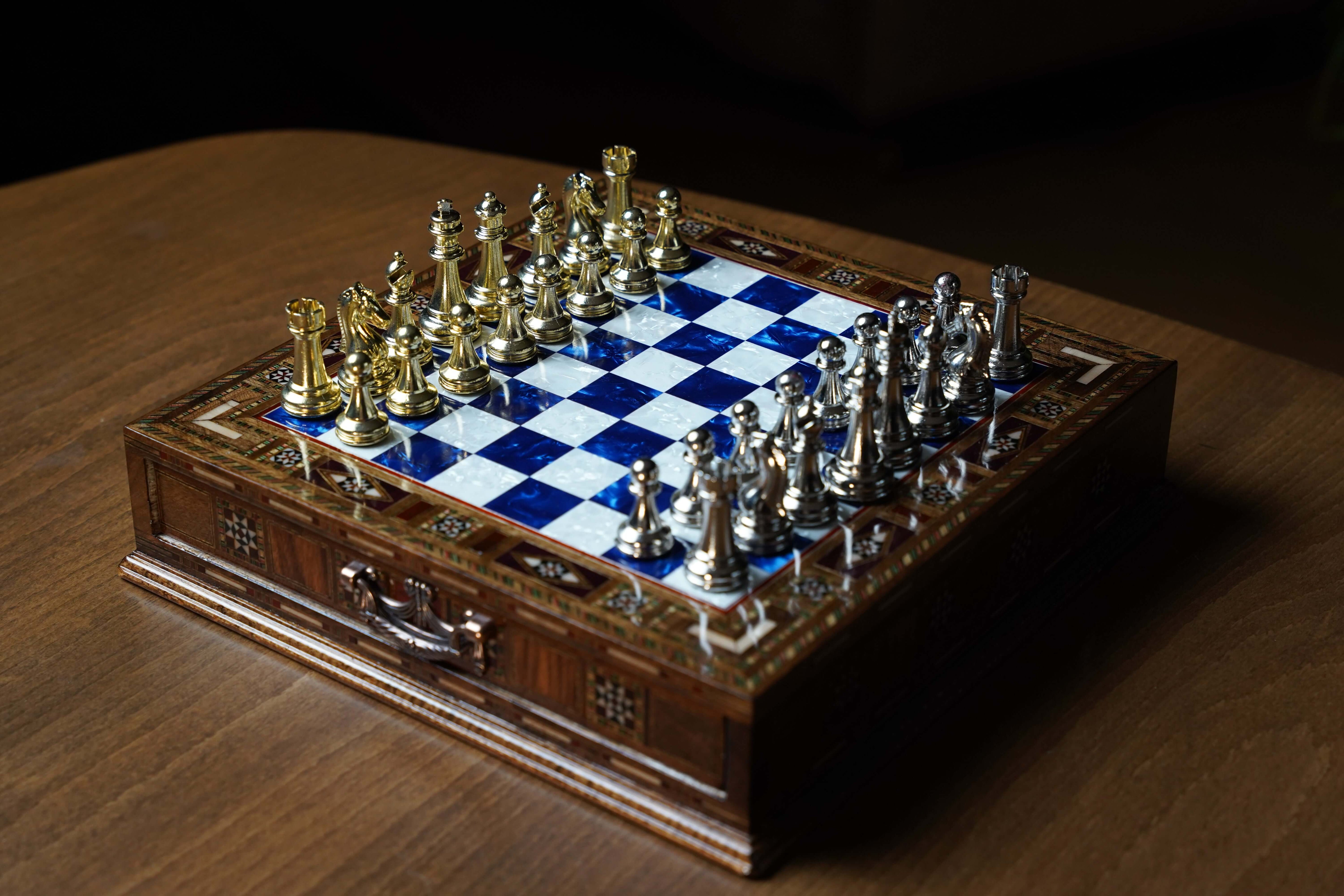
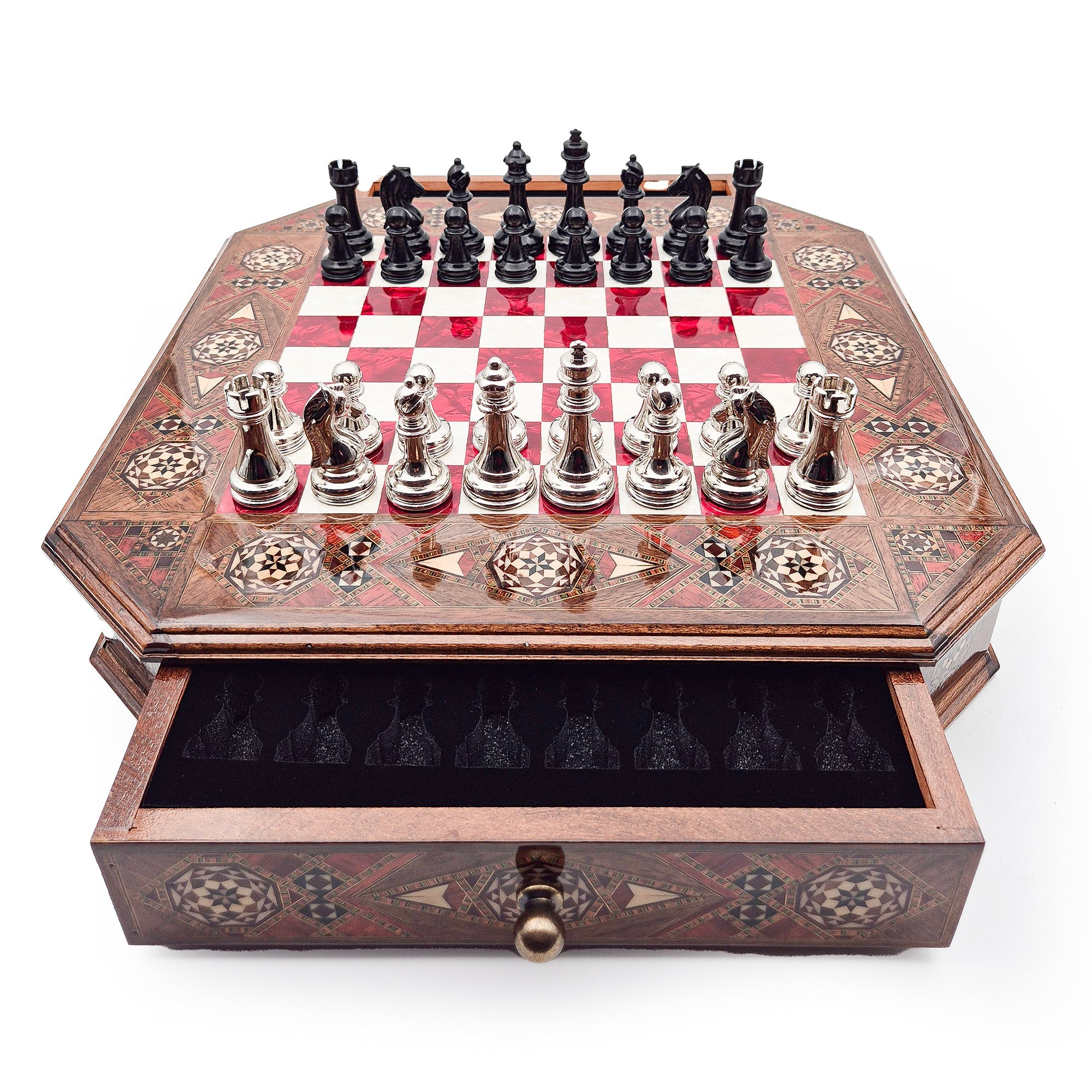
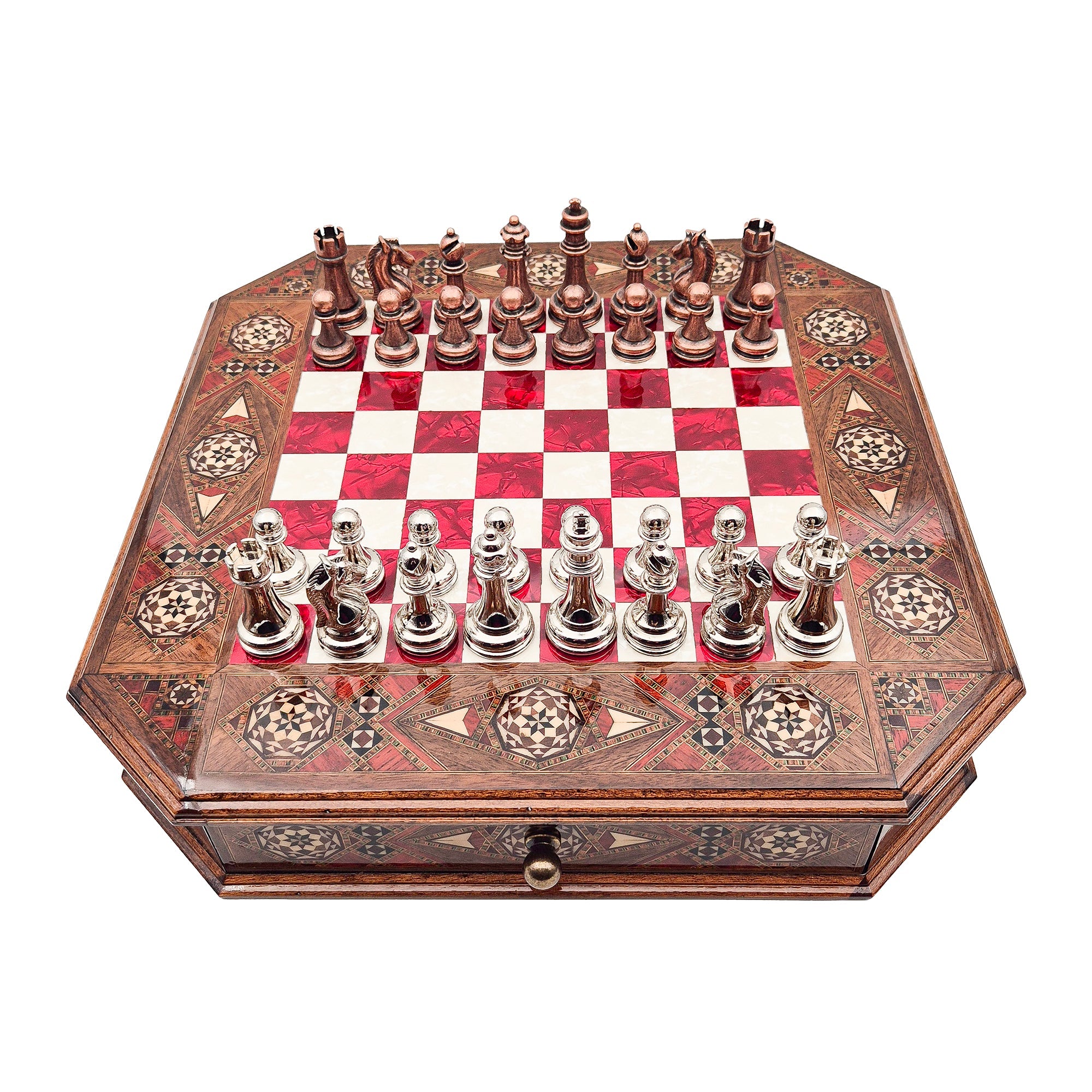
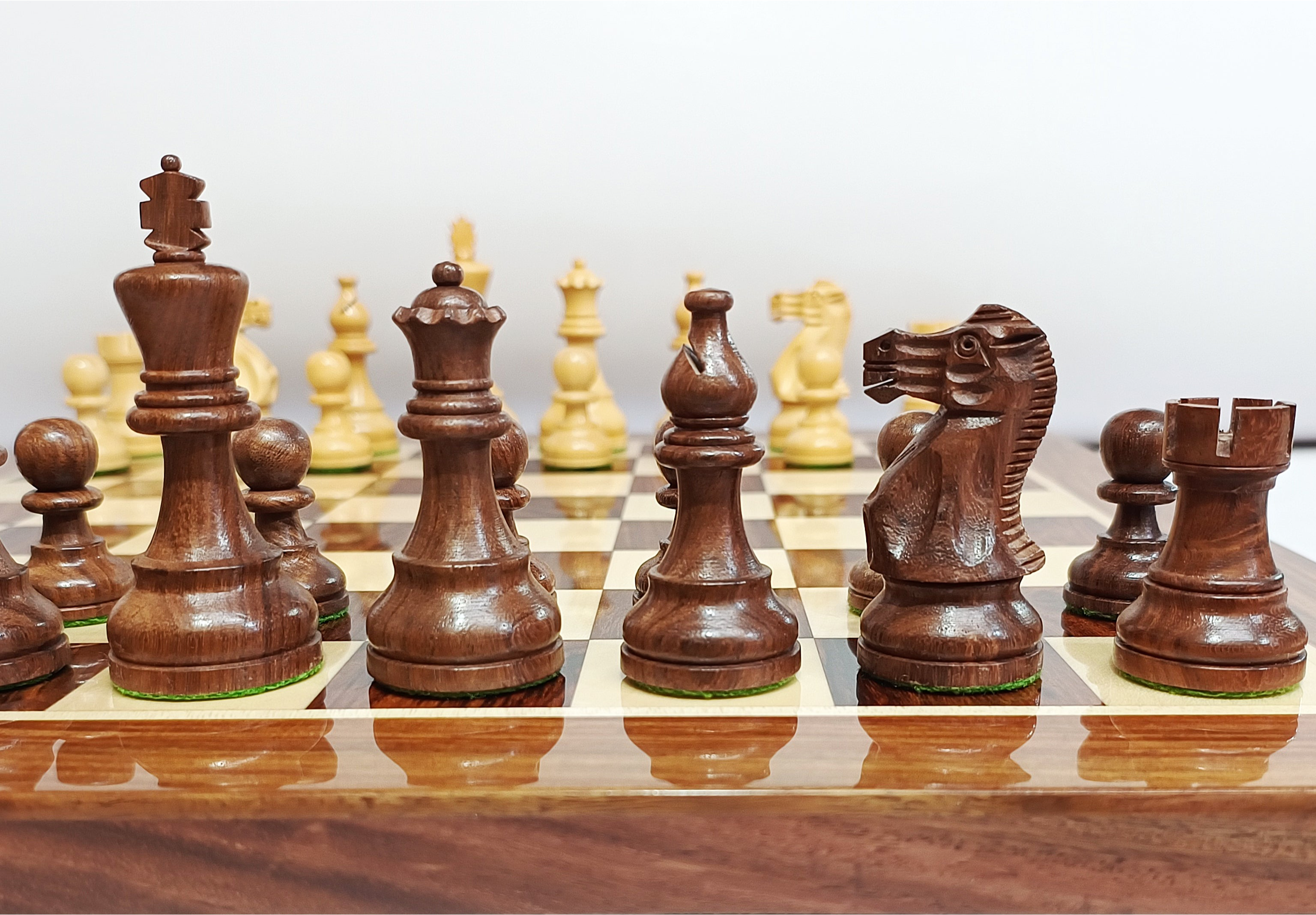

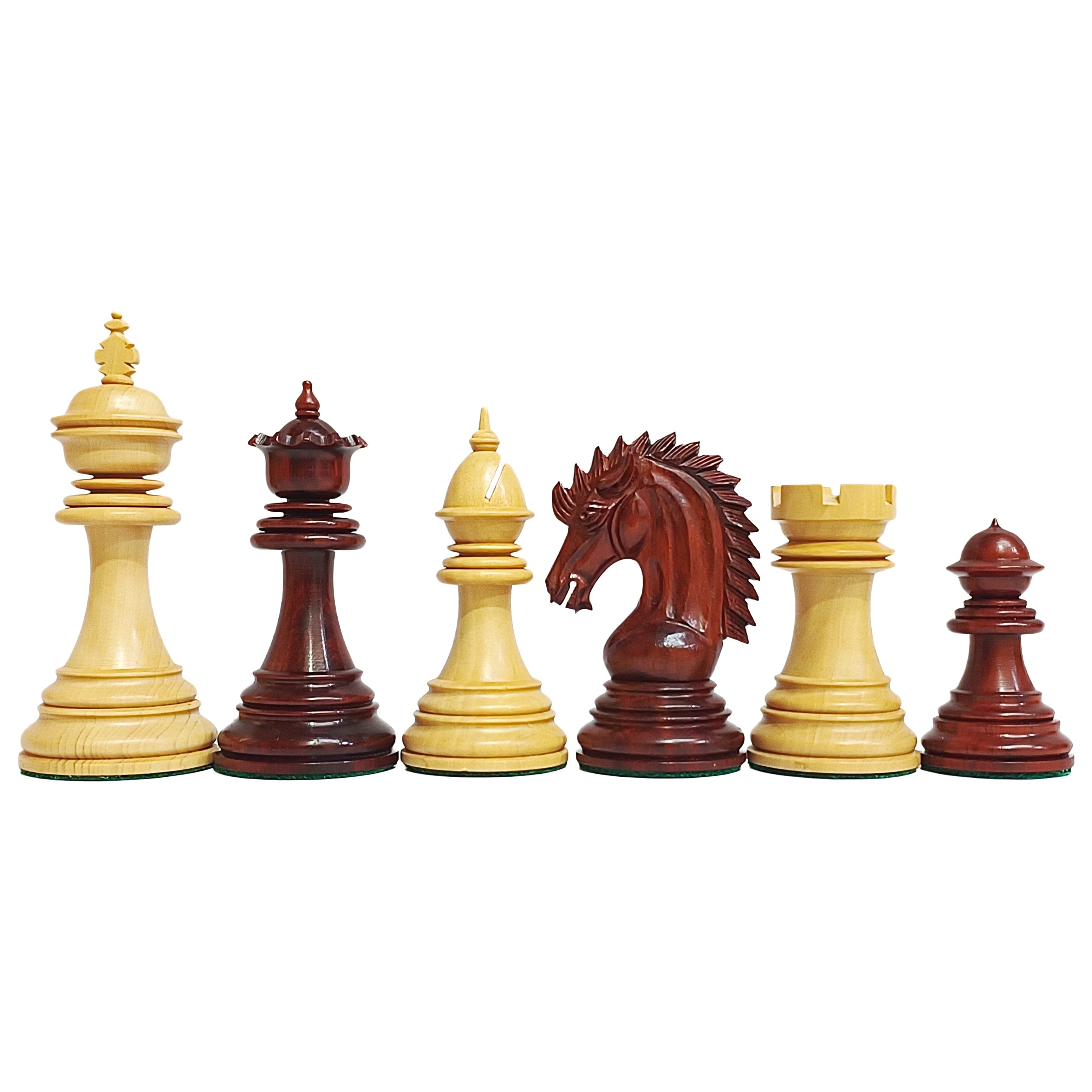
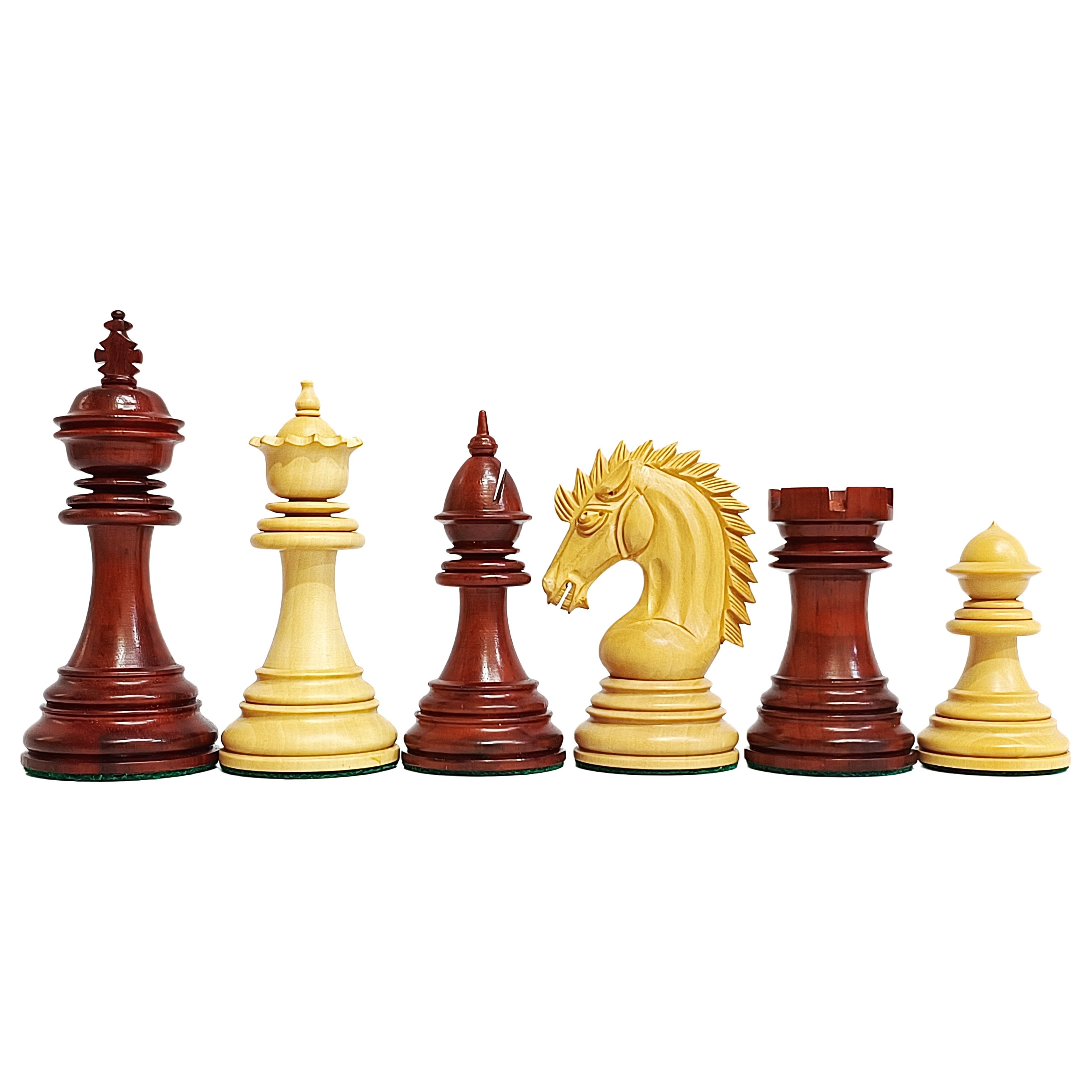


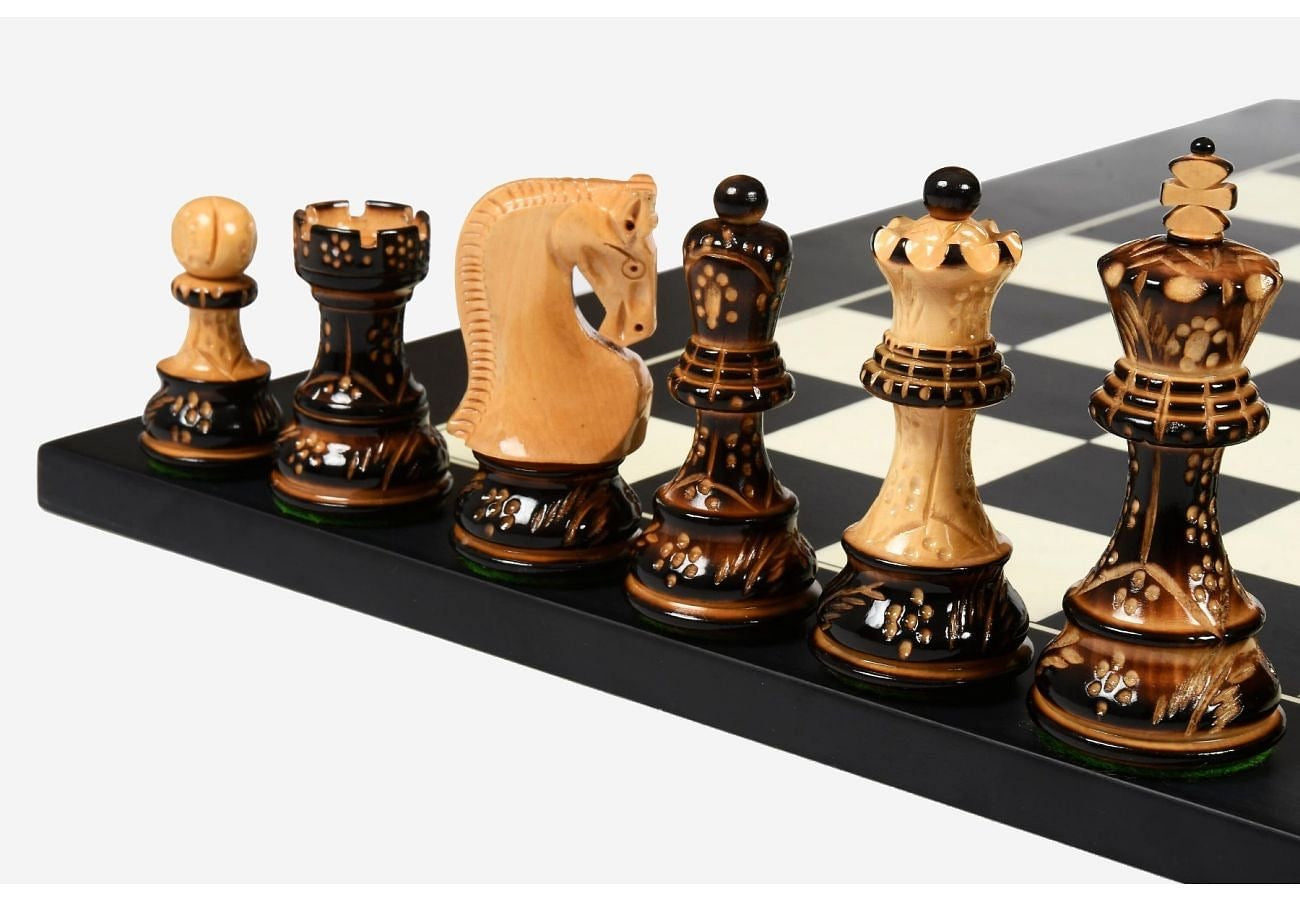
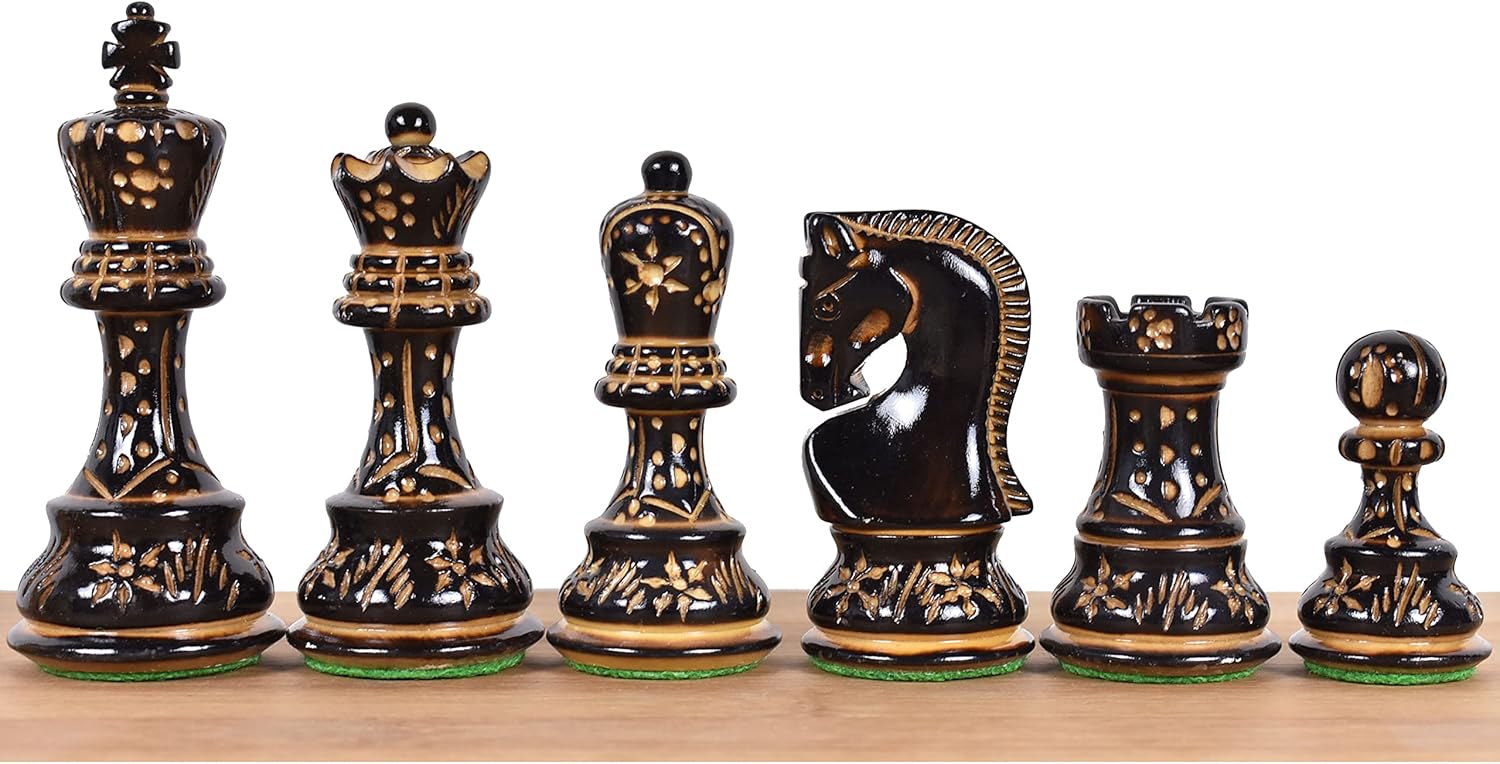
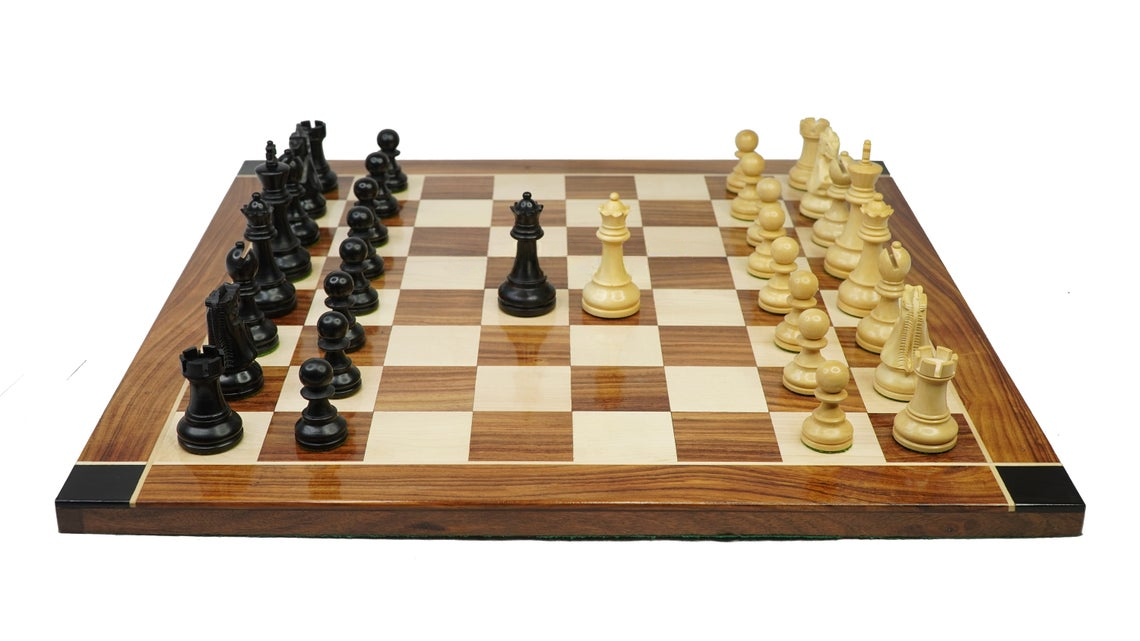

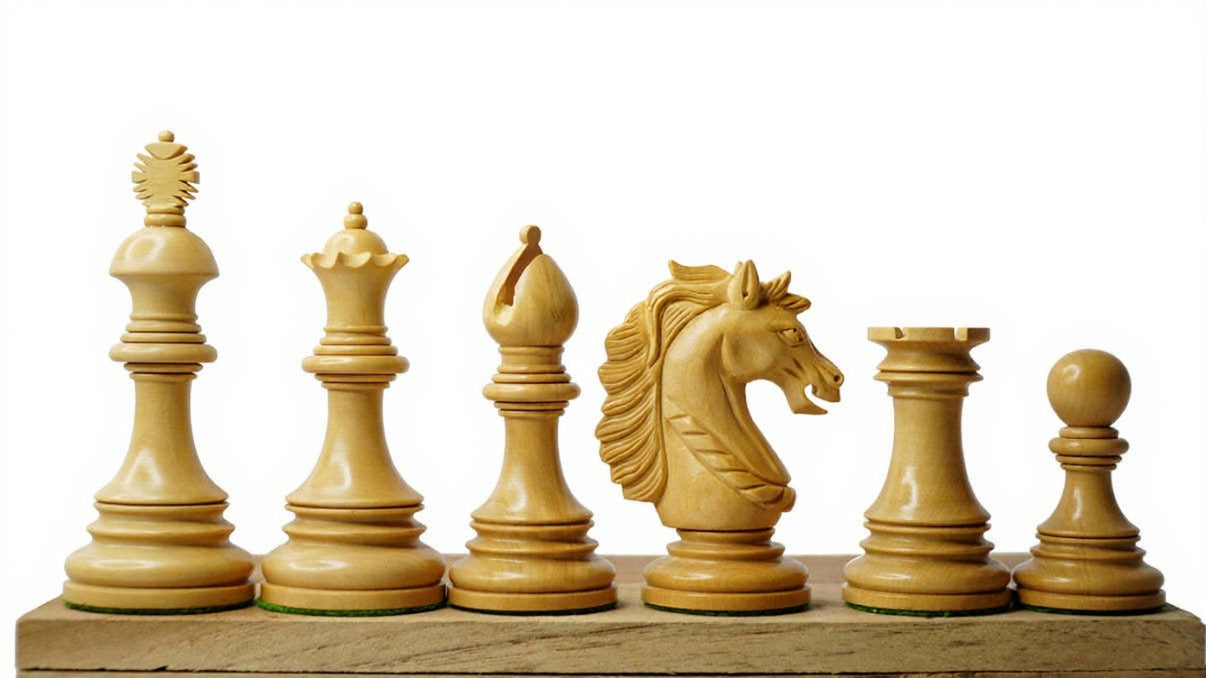
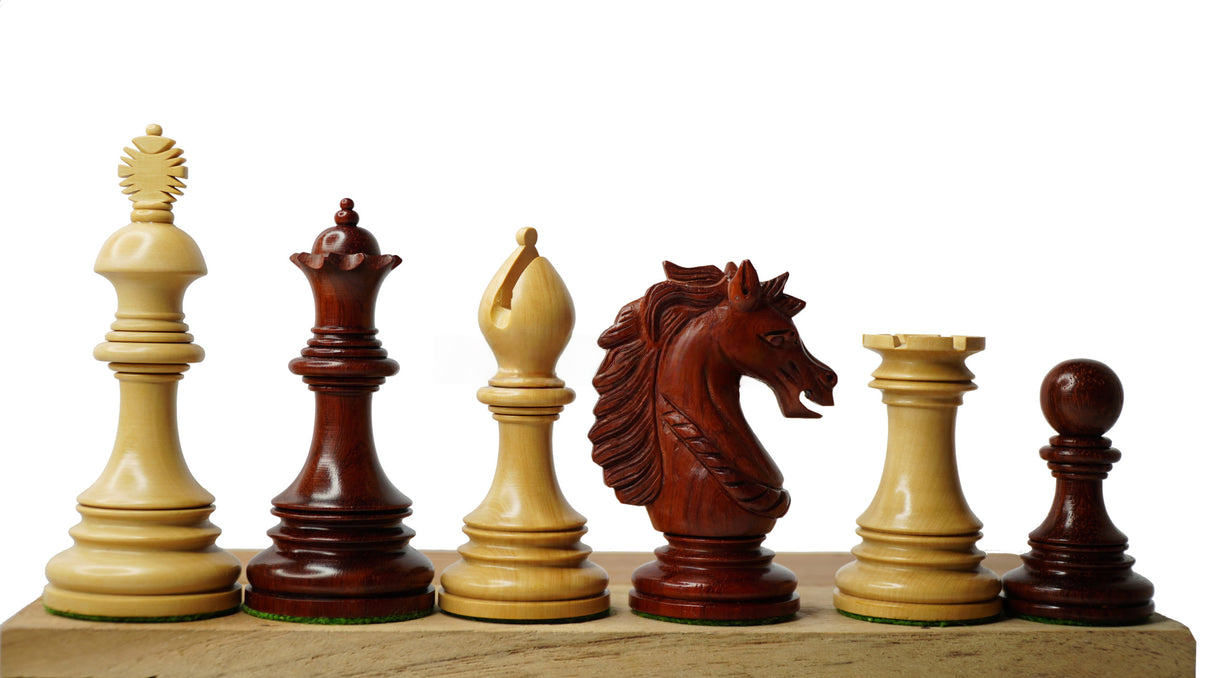
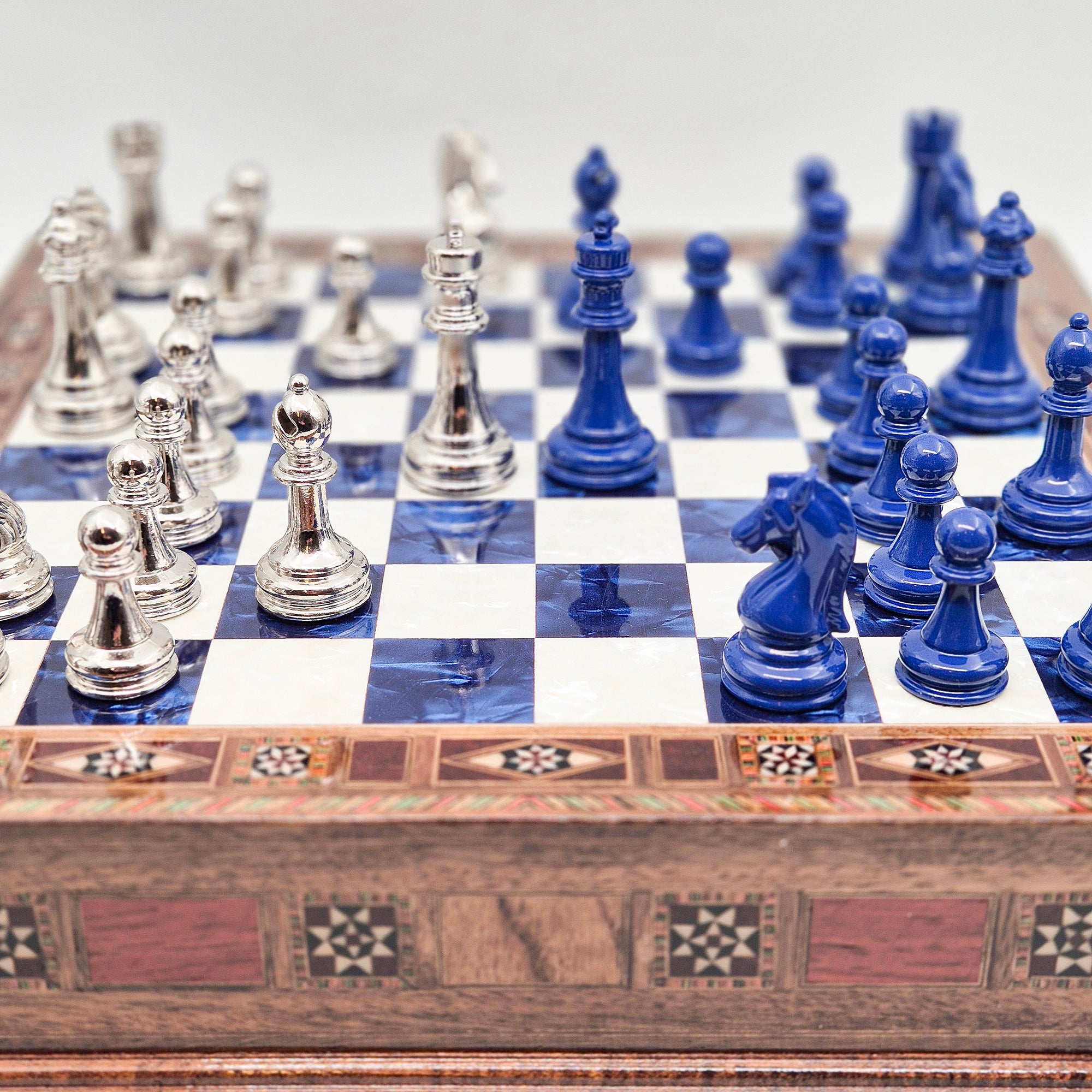


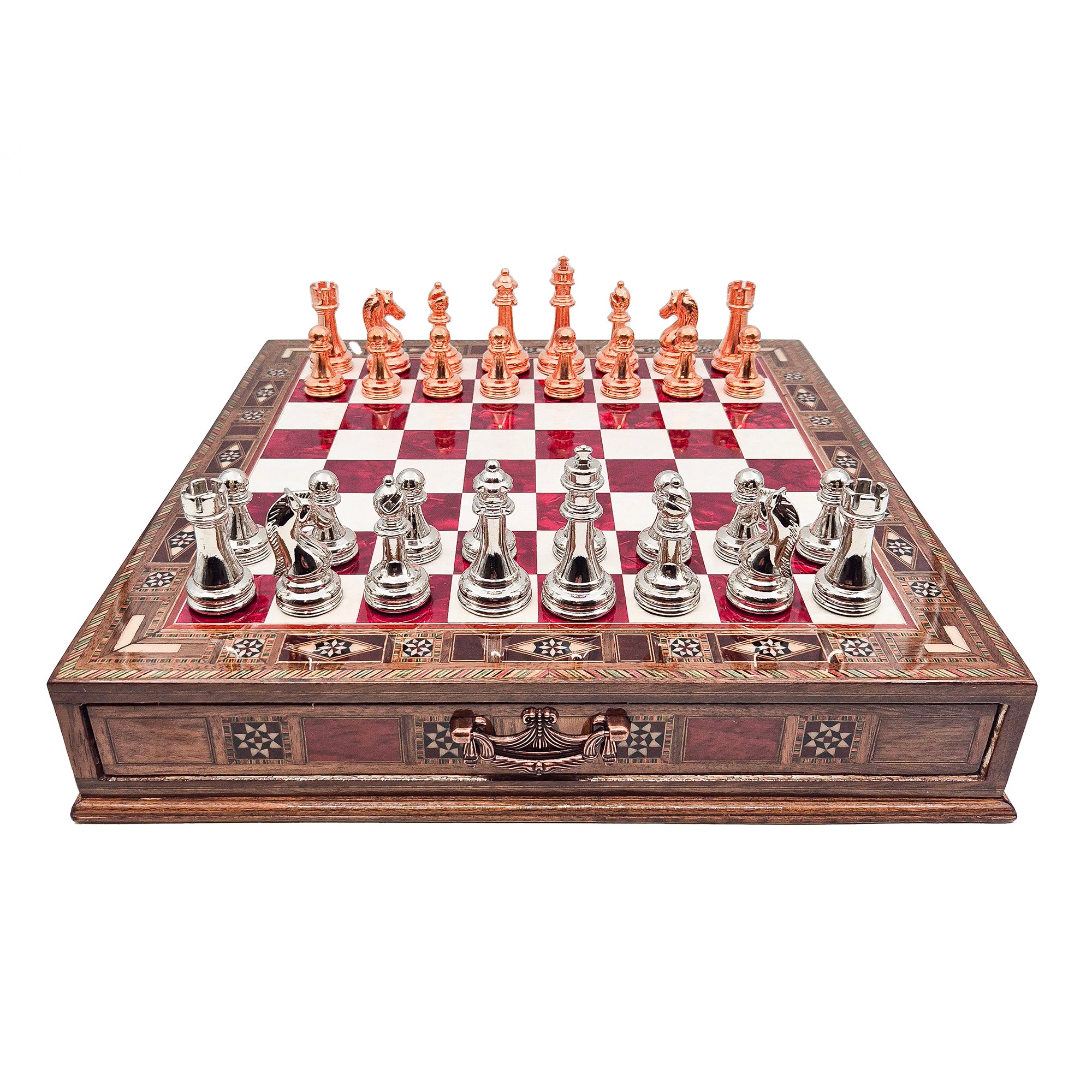
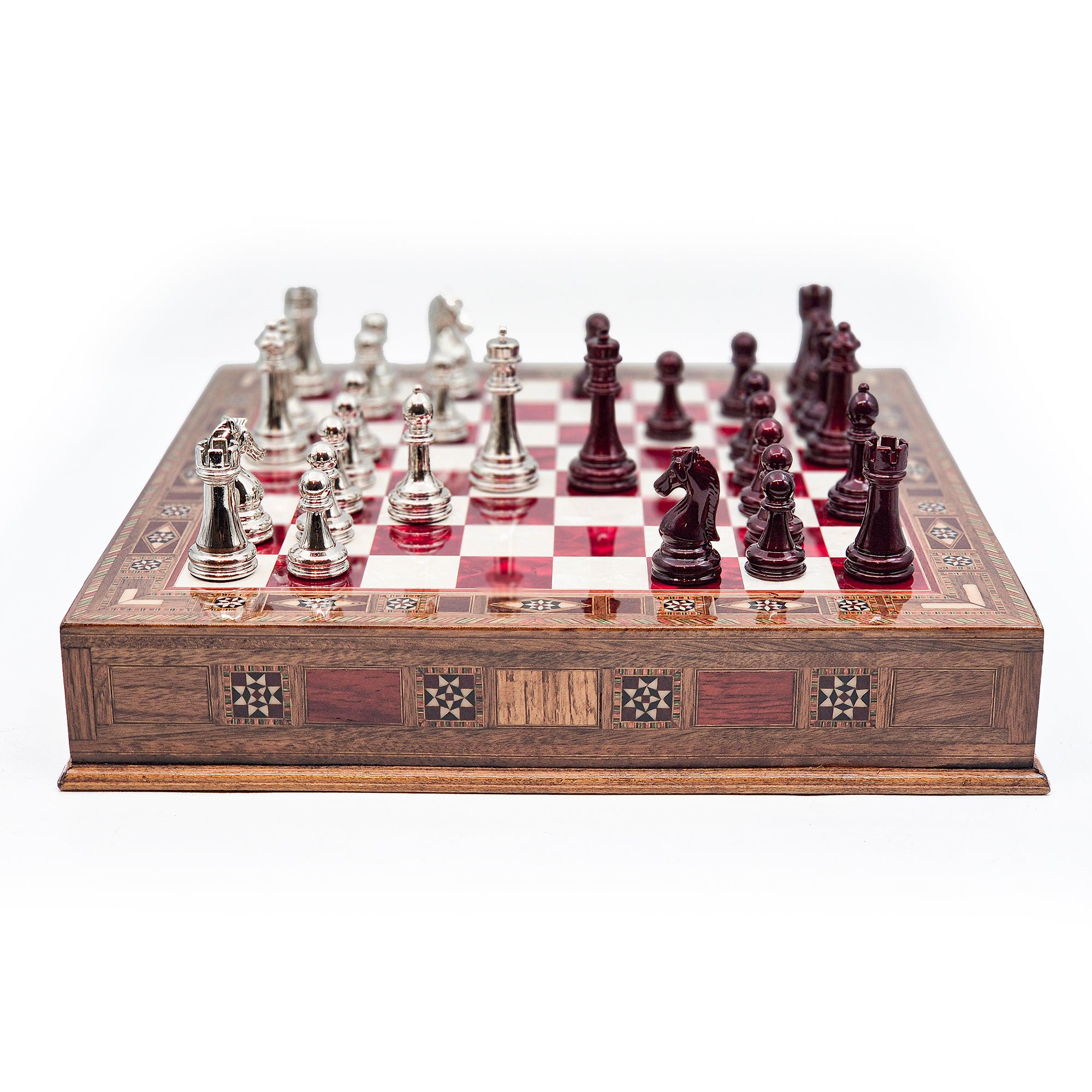
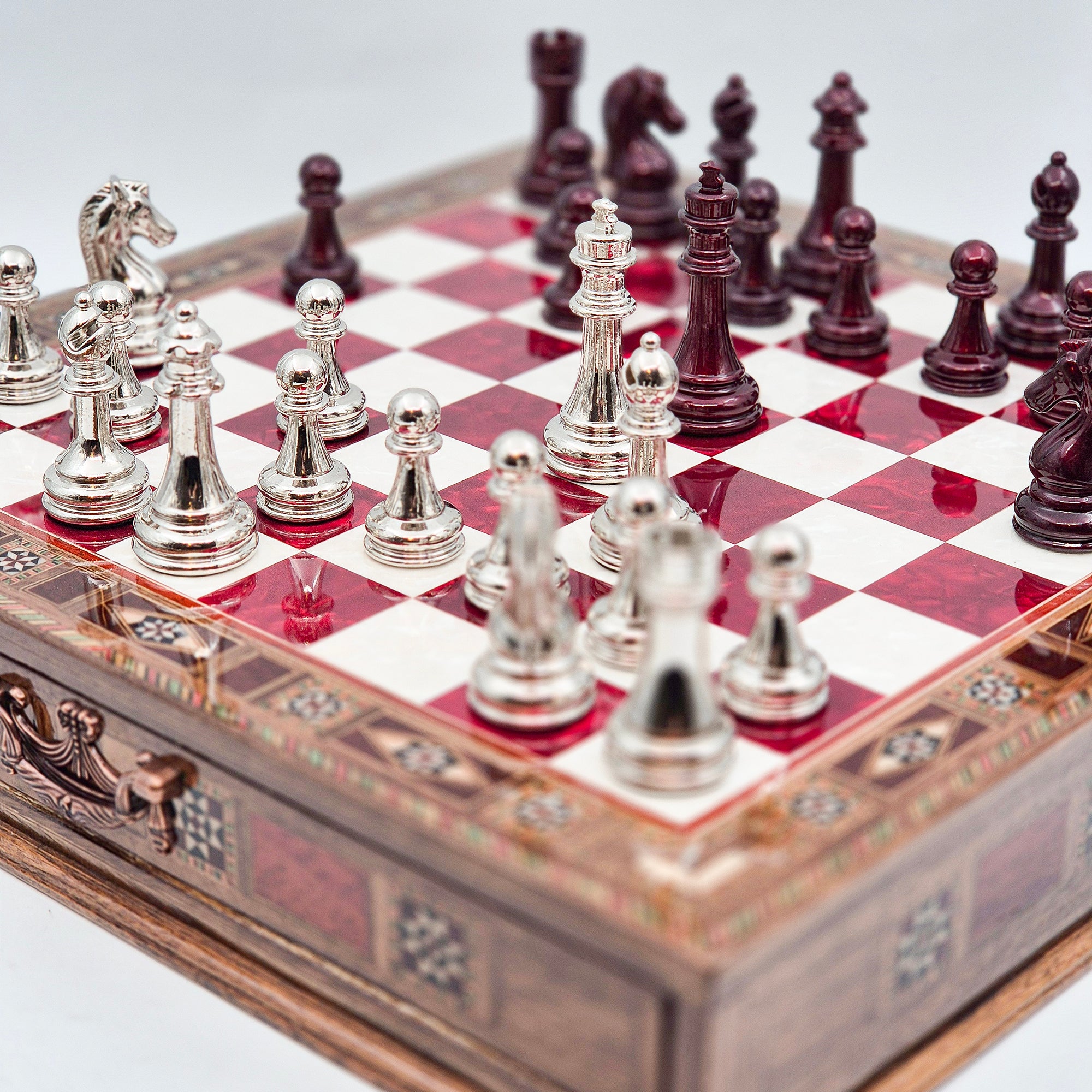
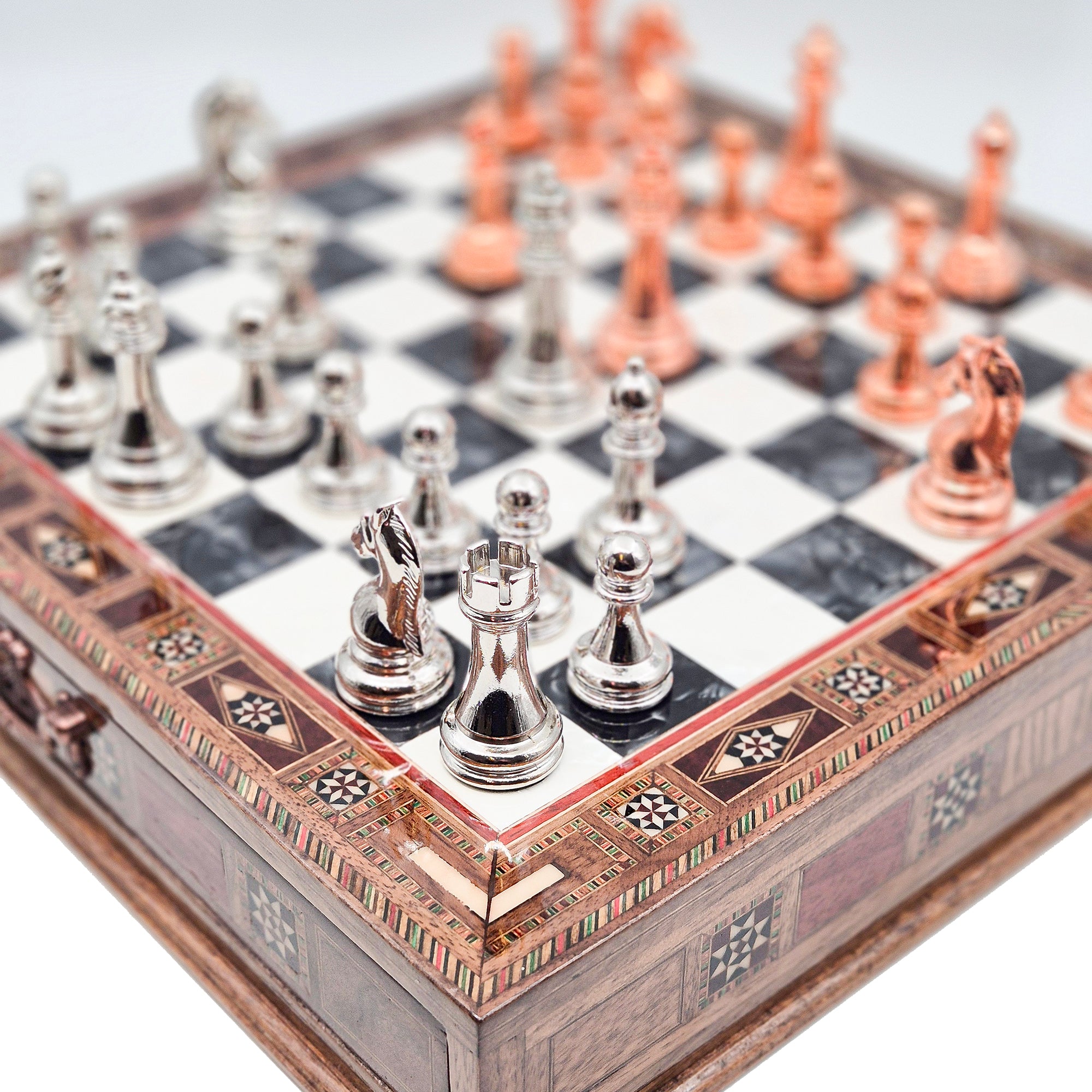
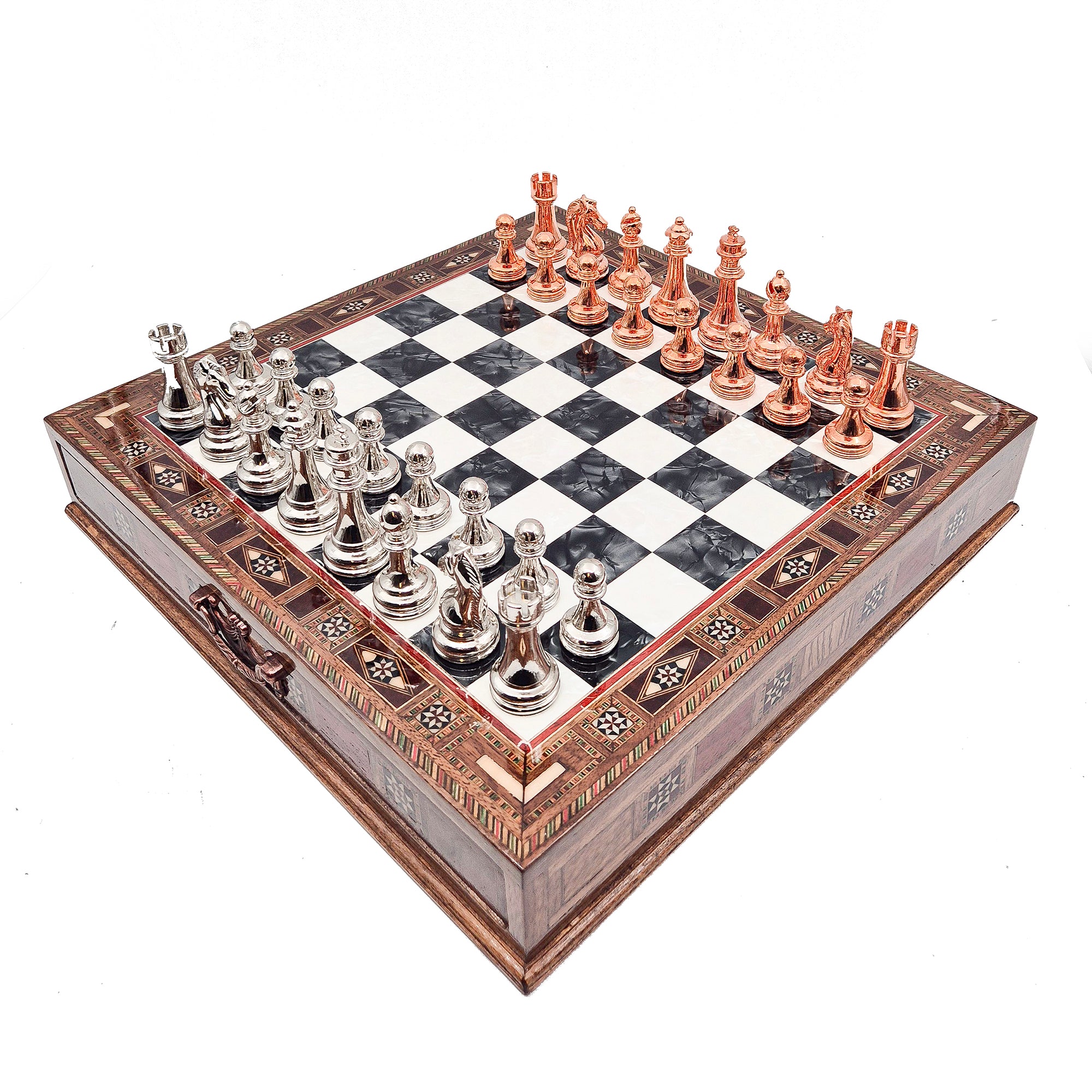


Leave a comment
All comments are moderated before being published.
This site is protected by hCaptcha and the hCaptcha Privacy Policy and Terms of Service apply.